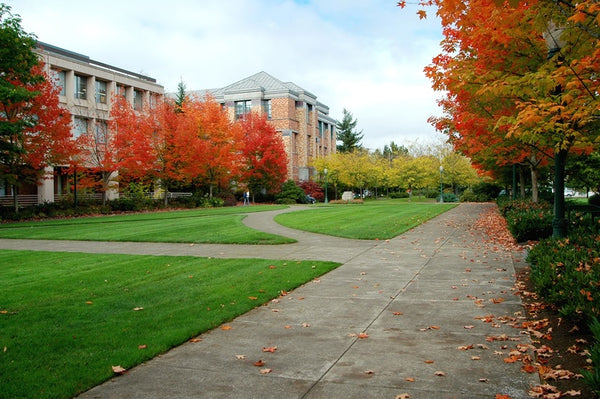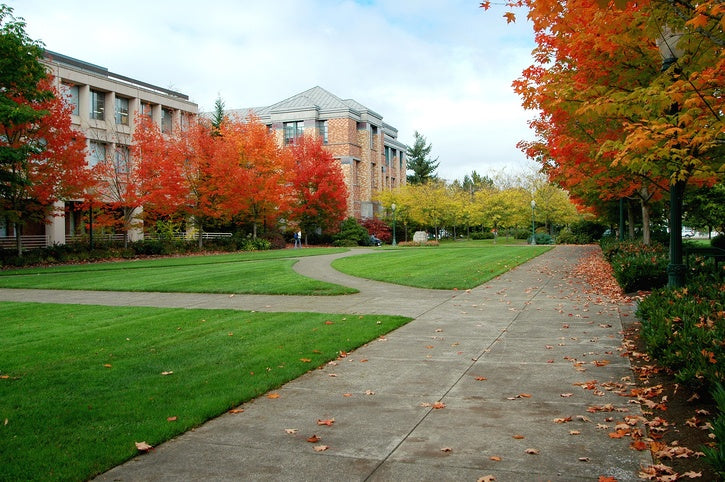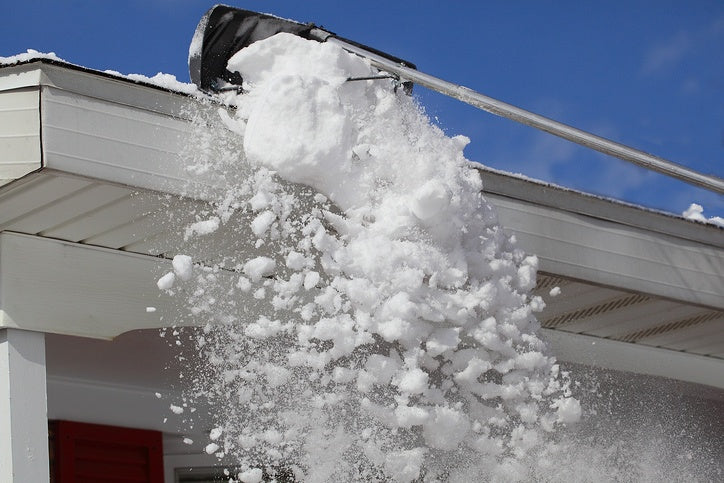
Proper care for your facility's turf and fields during the fall is both important in itself and is a major key to having your grounds successfully survive the winter. To ensure your grounds will be healthy and attractive the following spring, you will need to minimize the harm that wintertime snow and ice may cause to your sod through an effective autumn maintenance program.
Processing Fallen Leaves
Although leaf removal can be a very labor-intensive undertaking, it will keep your grounds looking good and prevent grass from dying "by suffocation" under a blanket of leaves. Use rakes and a leaf blower to gather the fallen leaves and debris into a pile and then use mulching mowers and bagging mowers to remove it. The mulch yield can then be put into beds and around trees, and re-mulching during autumn is an ideal strategy for protecting sensitive plants roots/stems through the winter.
Aerating Your Turf
Fertilizing and de-weeding are indeed crucial to keeping your grounds hardy through the winter, but another critical autumn lawn care task is aeration. Foot traffic, mower and equipment traffic, and rainfall all serve to make soils denser and more compacted. This eliminates tiny air pockets underground, making it more difficult for roots to extend themselves. It can also lead to puddles, mud, and run-off erosion when turf doesn't drain properly.
New construction sites, heavily thatched lawns, sports fields, and playgrounds are among the most likely turf to become compressed. Using a spike aerator is one way to increase air, water, and nutrient penetration in the areas, but far more effective is the plug aerator, which removes small cores of dirt and relieves the pressure. Roots will grow deeper and stronger in well aerated soil, and an annual aeration every fall is good practice.
Caring for Football Fields
Football and other sports fields will be among the most compacted parts of your grounds. Parts of the field will also likely be thinned out or even bare at season's end. Applying plenty of fertilizer in late fall as well as re-seeding will help the field green up early the following spring. A full pound of nitrogen-based fertilizer every 1,000 square feet (1kg per 204.81 square meters) will bolster the turf's carbohydrate stores to toughen it up for the cold season, and grass roots will actually keep on growing, though at a slower pace, during the early parts of winter.
Fields, in particular, need to be aerated, and doing so in late fall allows the winter freeze/thaw cycle to create small cracks in the soil, which increase aeration even more. It is a good idea to "install" compost while aerating, especially if your soil tests out below 3% organic matter content. Five percent, however, is ideal if you have loam soil.
Autumn maintenance tasks at college grounds and other facilities must not only keep turf healthy for the fall but also bolster it to endure the snow, ice, and freezing temperatures of winter. Leaf removal, fertilization, aeration, and re-seeding are among the top autumn grounds-care practices that helps turf recover quickly when spring finally arrives.


